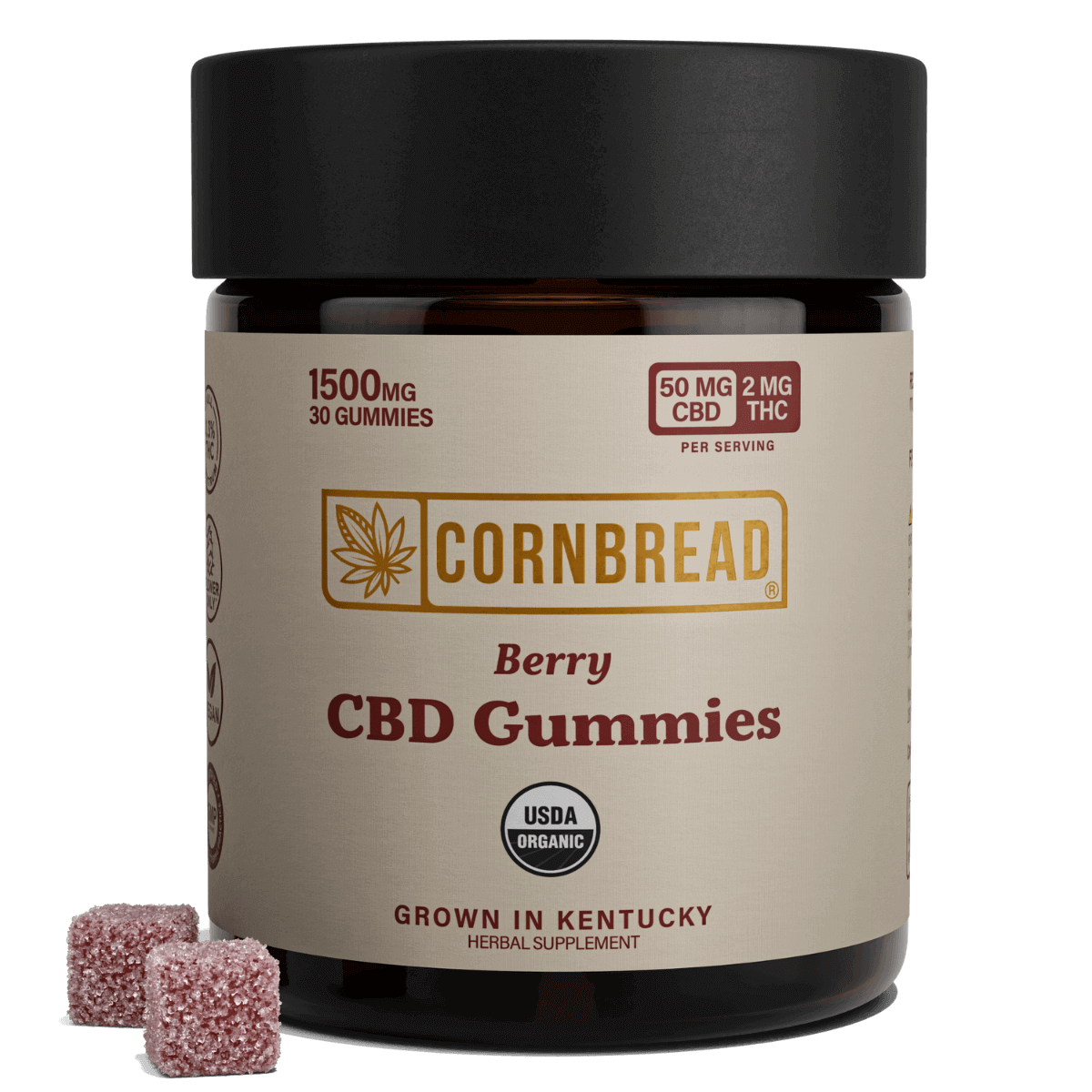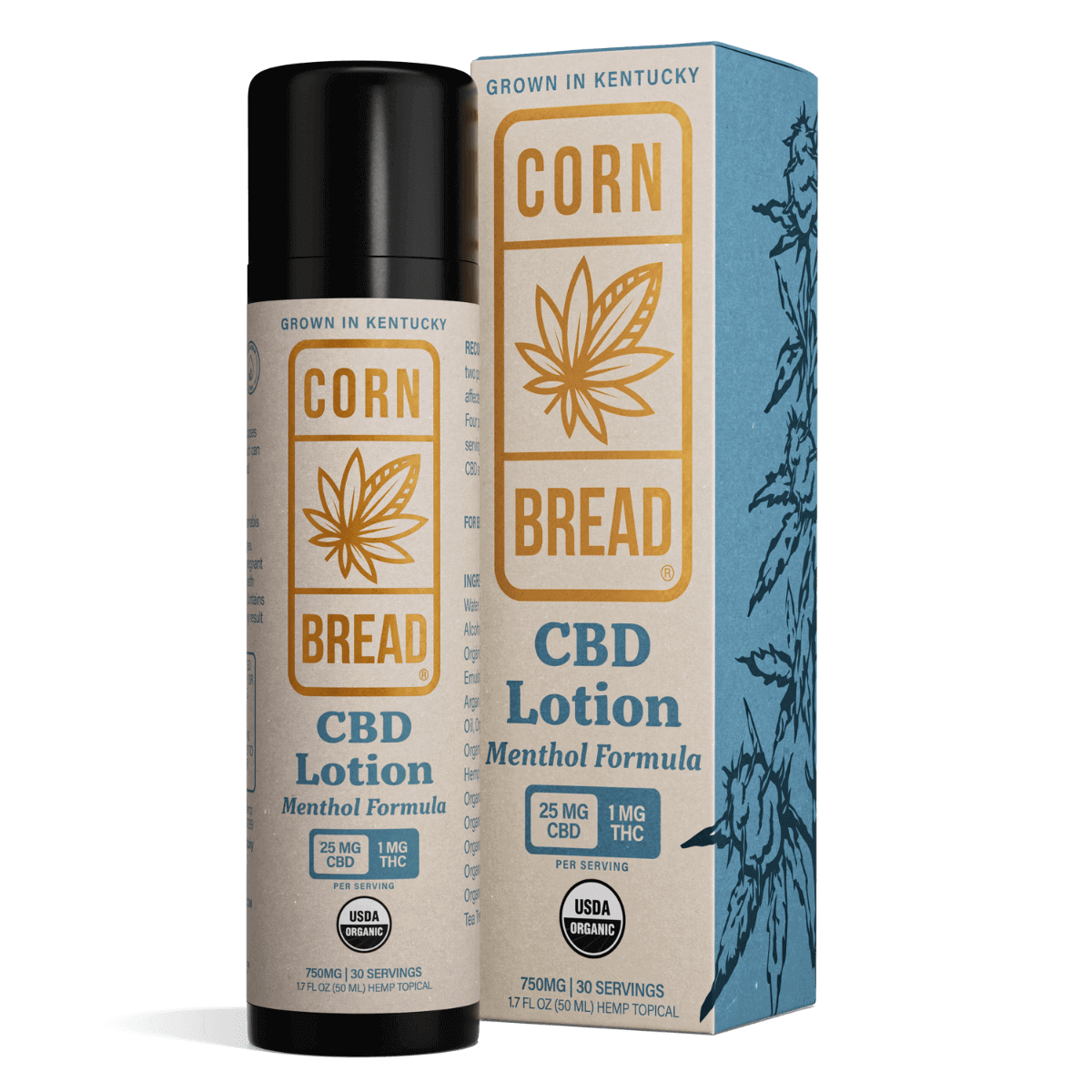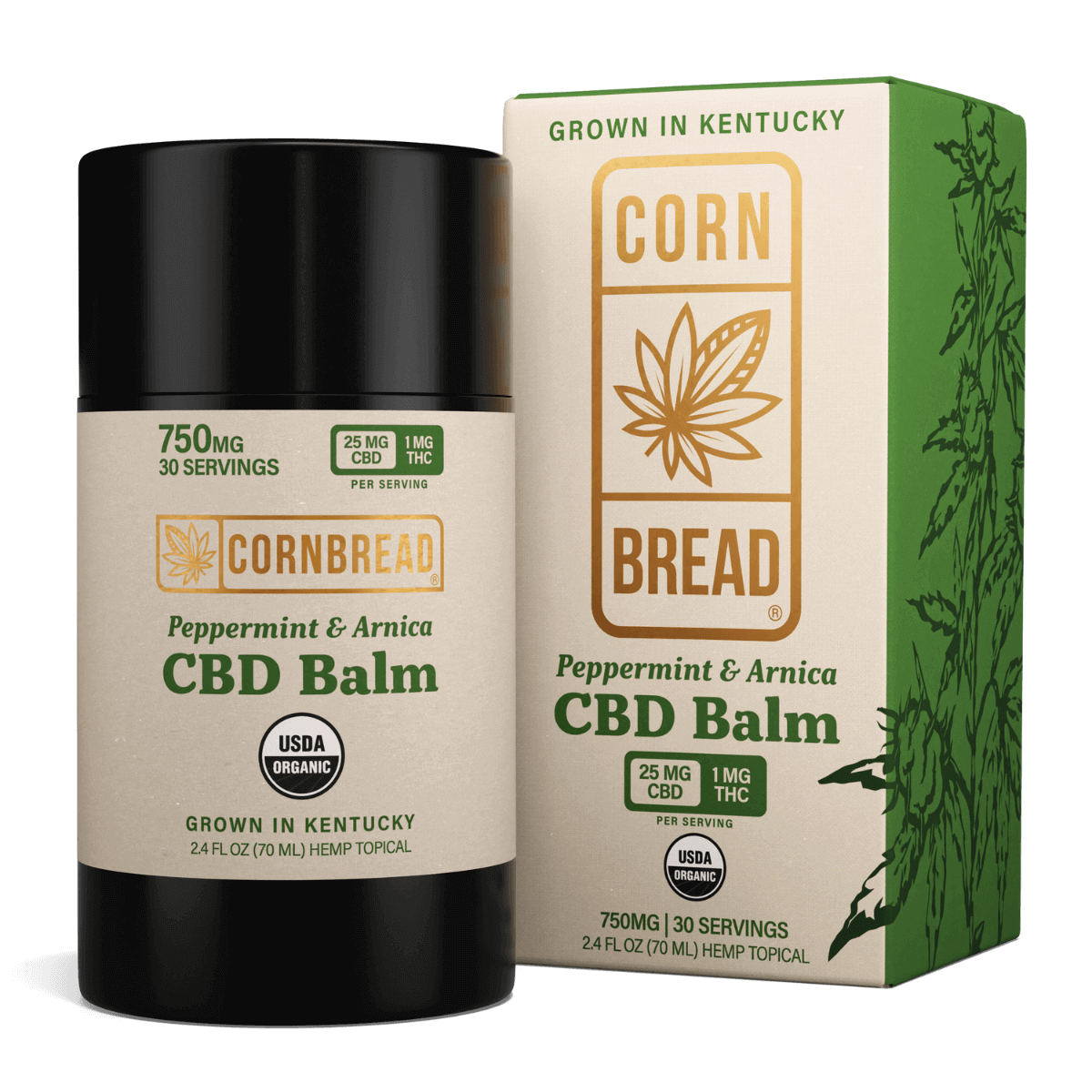Table of Contents
NATURAL PAIN MANAGEMENT TIPS & TRICKS
Pain can come in many forms — physical, mental, and emotional. If not treated properly from the outset, the pain can become chronic and affect your life drastically. That’s why proper pain management is essential. Finding natural pain relief methods can be as important as traditional medical remedies.
Many of standard pain management methods involve medication or some form of physical therapy. Natural pain relief may also help you advance your healing. Read on to learn more about the effects pain can have on your body, and how natural pain management can be crucial to your health.
CHRONIC PAIN VS ACUTE PAIN
Pain perception is a necessary survival function for the body. Sensory receptors throughout the body send messages to the spinal cord via nerve fibers. These messages travel through the central nervous system, where the brain registers the sensation of pain, processes the information, and tells your body how to perceive the pain. Only then can you react to save any damaged tissue or prevent impending damage from occurring.1The two types of pain are acute pain and chronic pain, and they are very different.
“Acute pain” usually indicates that something is immediately wrong and that the body needs to take action to prevent further damage. Burns, bruises, cuts, or infections can trigger acute pain signals to be transmitted by the nervous system. This type of pain is typically short-lived, usually until the problem area has healed.
“Chronic pain” is different. Medical professionals define chronic pain as any pain that lasts for over three months. There are multiple categories and types of pain that can be perceived, including neuropathic (nerve damage), nociceptive (tissue damage), musculoskeletal (i.e. back pain), inflammatory (infection or arthritis), psychogenic (psychological), and mechanical (anatomical stress).2
Pain can become chronic when the issue causing acute pain remains unresolved, such as with ongoing conditions like arthritis pain. Chronic pain can also occur when the original injury is healed, but the body continues to send pain signals even though there is no physiological pain stimuli present. Then, there is pain that is rooted in psychological issues and not attributed to any disease or injury.15 The varying underlying factors of pain can make it very difficult to properly diagnose and treat.
Chronic pain has direct ramifications on a person’s quality of life. Most chronic pain sufferers experience depression, fatigue, interrupted sleep, and decreased overall functioning. Chronic pain is often an “invisible” illness, difficult for physicians and pain management professionals to identify or gauge.
This long-term pain and potential under-treatment of the symptoms can lead patients to become dependent on opioids, to suffer major depression, and even to have suicidal ideations. This is why the proper diagnosis and management of acute and chronic pain are critical. For some, it can mean the difference between life and death.
COMPLICATIONS OF PAIN MANAGEMENT
Getting treatment for pain can have a lot of complications, many of which can stem from the attitudes and educational barriers of both doctors and patients. Inadequate acute pain management can negatively impact a patient’s health and increase the risk of them suffering from long-lasting chronic pain.3
One of the biggest complications to pain management is accessibility to proper care. In America today, there are over 27 million people with no health insurance.4Many people postpone medical treatment for financial reasons, allowing acute pain to become chronic and for the potential treatment to become more complex.
Once pain becomes chronic, it is an on-going condition that requires long-term care and frequent adjustments to the patient’s treatment. To really get the help they need to battle pain, a patient must be willing and able to spend a lot of time in doctors’ offices or pain centers. Accessibility is a crisis for some chronic pain sufferers; hopefully the burgeoning telemedicine industry will close some accessibility gaps in the future, but the same problems will remain for other suffers.
EMOTIONAL AND PHYSICAL PAIN ARE LINKED
Emotional pain activates the same areas of the brain as physical pain, in the anteriorinsula and the anterior cingulate cortex. Our bodies evolved to use a single neural system to process the detection of pain, whether it be emotional or physiological.5So when you get your heart broken, your chest may hurt and feel tight. Or you may be so emotionally distressed by an unexpected event that you experience pain in your stomach.
However, pain caused by psychological distress doesn’t respond to the same treatments used for physical pain. Many people are either unable to access the appropriate mental health channels they need, or they willfully refuse to seek help. Sometimes physicians fail to find a treatment that works for their patient or fail to recognize how much and why their patient is suffering.
When the root of the issue remains unaddressed, emotional pain can continue chronically and have an effect on the person’s overall quality of life.
ANXIETY AND STRESS MANAGEMENT
Chronic stress and chronic pain are two different, yet overlapping, processes that affect the nervous system. Stress is a process where challenging emotional events negatively affect the body to where it cannot regain homeostasis. Pain is the cumulation of sensory perceptions resulting from response to harmful stimuli. Both can cause the body to go into allostasis, or the adaptive process where the body responds to stressors so it can regain homeostasis. This means releasing chemicals like cortisol and norepinephrine.
Too much stress can trigger migraines. Long-term stress overload can throw the body out of balance and compromise its well being.6 This is why persistent stress and anxiety must be treated properly, before they push the body out of balance and cause long lasting pain.
TOP PAIN MANAGEMENT ALTERNATIVES
A) DIET AND NUTRITION
Proper diet and nutrition is critical for maintaining proper function in all body systems and functions. Chronic inflammation can result in long lasting pain, and your diet can greatly affect your inflammatory response. Inflammation is necessary to signal the immune system to repair injuries and fight infections. However, sometimes inflammation remains after the area heals, leading to cell damage and pain.
Your diet can affect your immune system and the way your inflammatory response reacts. Your body can react to an unhealthy diet the same way it would react to an infection, by triggering inflammation and thereby causing pain. We all know someone who can eat whatever and whenever they want, no matter the circumstances, and suffer no ill consequences. But being pro-active about curbing diet triggers can help other methods of pain management be more pro-active.
Anti-inflammatory foods such as dark leafy greens, nuts, legumes, and whole grains can help curb pain associated with poor diet. Foods rich in omega-3 fatty acids like fish and flaxseed oil may also help keep inflammation under control.7
To use your diet to your advantage when it comes to pain management, avoid sugar, fried foods, starches, and processed grains which all can lead to inflammation.
B) PHYSICAL THERAPY
With certain bodily injuries, physical therapy may be a viable option to help relieve pain, spur on healing and to increase mobility and strength. Once your body begins to move with little to no pain, the positive feedback lets your nervous system be trained to trust that movement doesn’t hurt anymore. Physical exercise along with massage, acupuncture, and deep heating ultrasound are all different ways a therapist can help a patient with pain control.8Physical therapy practices are easy to find.
C) MENTAL HEALTH
Most treatments for emotional pain sufferers are based around talk therapy, learning healthy coping mechanisms, stress-reduction techniques, and medication. The difficulty of diagnosis lies in identifying which came first, the pain or the psychological stress. Clinicians must consider both assessments that the pain could have an underlying physiological source, and that the pain could be accounted for by a psychiatric disorder.9
Biofeedback -Biofeedback helps patients gain control of their body’s involuntary stress responses using monitors to display what happens when they are stressed and how they can change it. Sensors are attached to the body to show the patient what is happening to their heart rate and blood pressure when they are stressed. As they are taught strategies to relax, patients can see the changes happening in real time so they can identify which technique works best for them.10
Meditation - Mindfulness techniques can help chronic pain sufferers take control of the moment and keep stress levels down. Scientific studies on meditation for chronic pain are a mixed bag, but some studies suggest it could be helpful.
Cognitive Behavioral Therapy - Patients meet regularly with a therapist to identify negative patterns of thinking and behavior, then develop healthier strategies to address these issues and cope with long lasting pain.
In order for mental health therapies to work, it’s important for the patient to be consistent with their treatment and communicate with their physicians. One type of mental health therapy will not be successful for everyone, so the provider must be informed on how to adjust treatment and find the best options for their patient’s individual needs. If you're new to talk therapy, finding a therapist is easier than ever with online resources.
FIND THE RIGHT TREATMENT PLAN FOR YOU
Take control of your health and always begin your pain management journey with a pain management specialist. Find a doctor who prioritizes patient care, and who is willing to explore more natural pain management treatment options.









